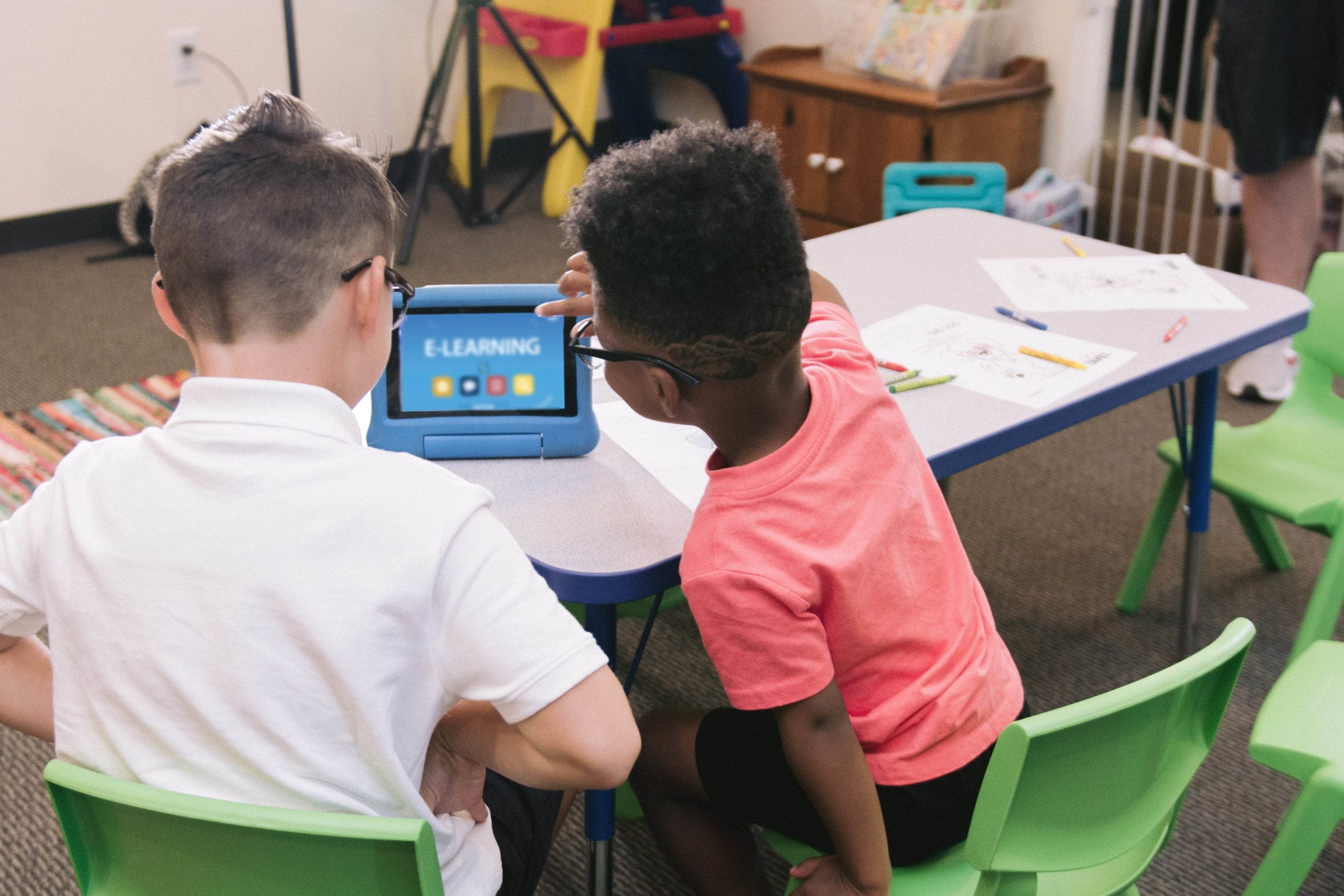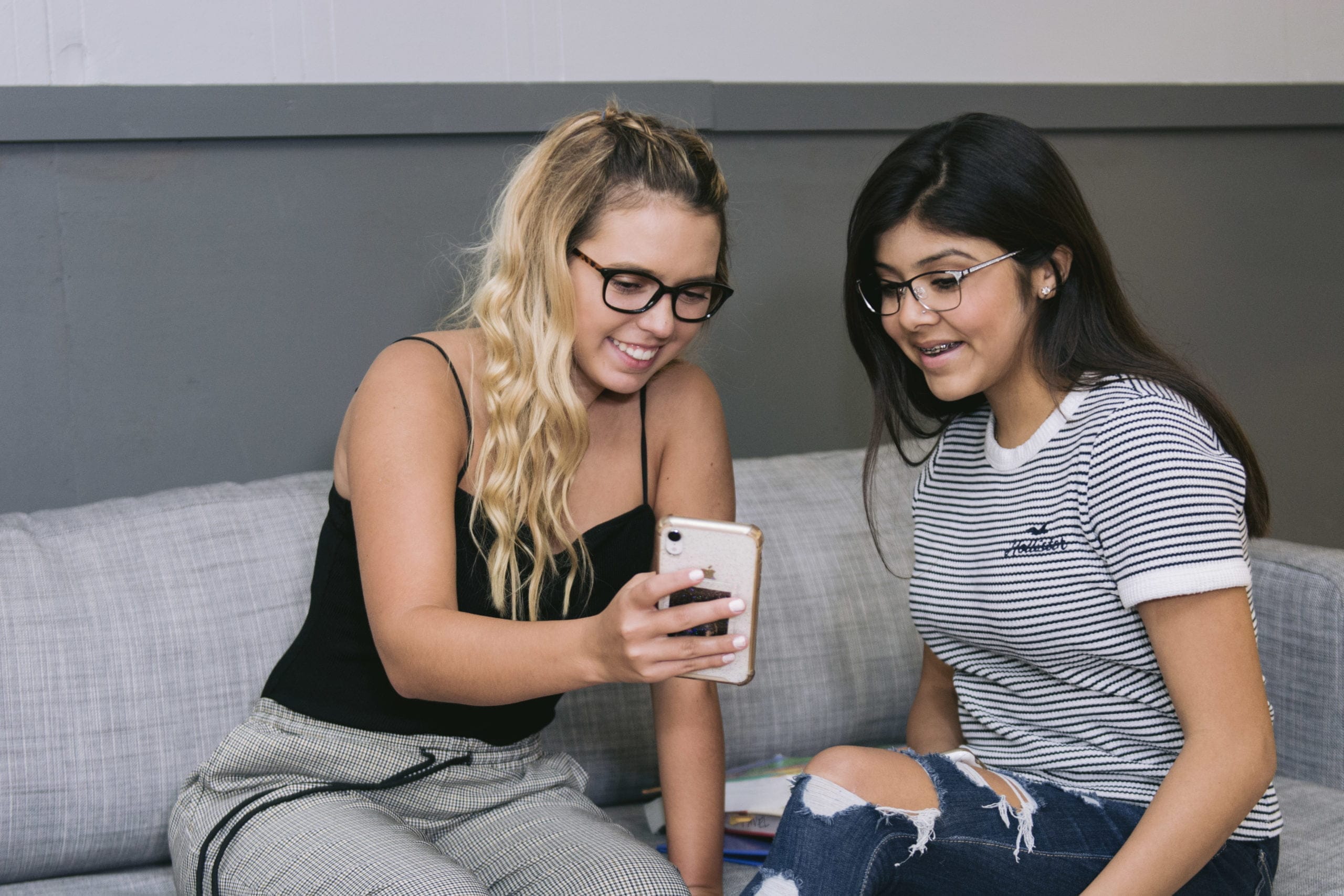Back to School season is going to be different this year. Whether you’re a student, teacher, or parent, we’re all going to be spending more time in front of a digital device. If you’re experiencing online classes for the first time or looking to strengthen good habits, here are a few e-learning tips to consider to set yourself and your eyes up for success.

3 Eye Health Tips for E-Learning
Take Frequent Breaks
Cell phones, tablets, and laptops are generally held closer to our faces, which overworks your eyes. The intensity of blue light emitted from digital screens increases exponentially the closer our eyes are. Give your eyes a break by practicing the 20-20-20 rule: Every 20 minutes and spend 20 seconds looking at something at least 20 feet away.
If you struggle to remember the 20-20-20 rule, schedule work breaks at least once an hour to not only rest your eyes but to reset your focus. Walk away from your screen, look outside, stretch, and drink water so you can return to class work refreshed and ready to learn.
Blink more
We all blink a lot. On average we blink about 20 times per minute. Blinking is crucial to keep our eyes lubricated as well as brushing away any small particles of dust or dirt that could otherwise irritate our eyes or impair our vision. Studies have shown that when we are concentrating on a digital screen, we blink less. We stare so intensely our blink rate drops to 4-5 times a minute causing tears to evaporate which irritates and dries out our eyes.
Anytime we are focusing on a task involving digital screens or not, we blink less. Making a conscious effort to blink more often while studying or playing video games will help reduce eye strain. To remember, set a daily ‘blink’ alert to exercise those eyelids!
Get a good night’s rest
For young children and adolescents, sleep is critical. Getting adequate sleep plays an important role in developing memories which are crucial for learning. Blue light is proven to interrupt our sleep cycles. It delays the release of melatonin (a hormone that aids in sleep), increases alertness, and resets the body’s internal clock (or circadian rhythm) which means it takes kids (and adults) longer to fall asleep. Plus, they tend to have less REM sleep and wake up feeling groggy and tired — even after a full night’s sleep.
Consider a digital curfew for kids and teens and hour or so before bedtime, allowing their bodies to produce melatonin. Heavy homework night? Many smartphones also allow the user to dim brightness or switch to a different warmer setting to reduce the amount of blue light emitted. Or invest in a pair of blue light blocking glasses with Kodak Total Blue lenses, which can also reduce the exposure to blue light and lower the risk of digital eye strain.

These useful tips will help you make sure that you’re better prepared at getting your work done and at maintaining your mental well-being. This is a new situation for everyone. So make sure you are kind to yourself as you encounter unique challenges to e-learning. If you’re experiencing symptoms of eye strain, blurred vision, or dry eyes, don’t hesitate to reach out to your eye doctor and schedule a visit.
